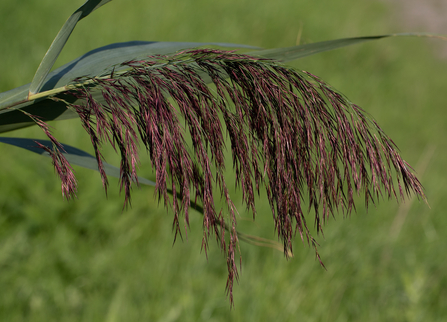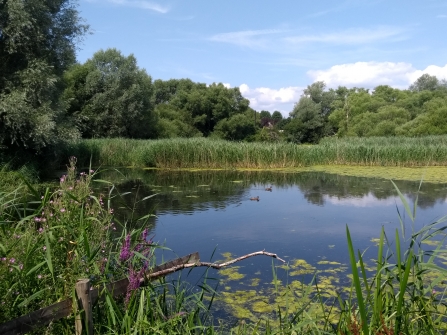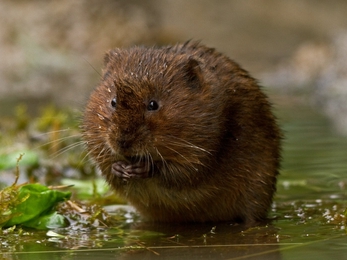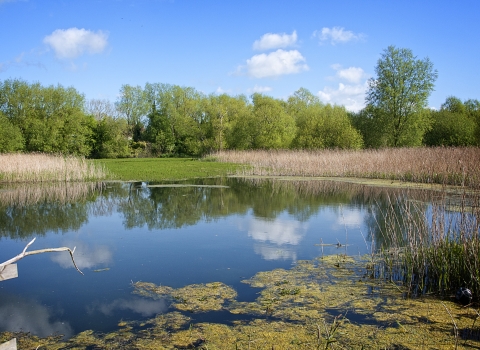So what is a reedbed?
I’m not going to try and explain them in a sentence, as there is slightly more to them than that. Reedbeds are transitional habitats at the interface between water and dry land. As their name would imply, they are dominated by the Common Reed (Phragmites australis), which is in fact a very tall grass. In many cases they form a virtual monoculture. Whilst monocultures of grass are generally not great for wildlife, reedbeds are a notable exception. This may be because they are a natural monoculture, where our native wildlife has adapted over many years to thrive, and in fact a good number of species are now rarely found anywhere else. They also have a certain beauty, an impenetrable mass of gently swaying green with silky purple heads in summer and a gently rustling golden sea in winter, making them a relaxing place to be.












